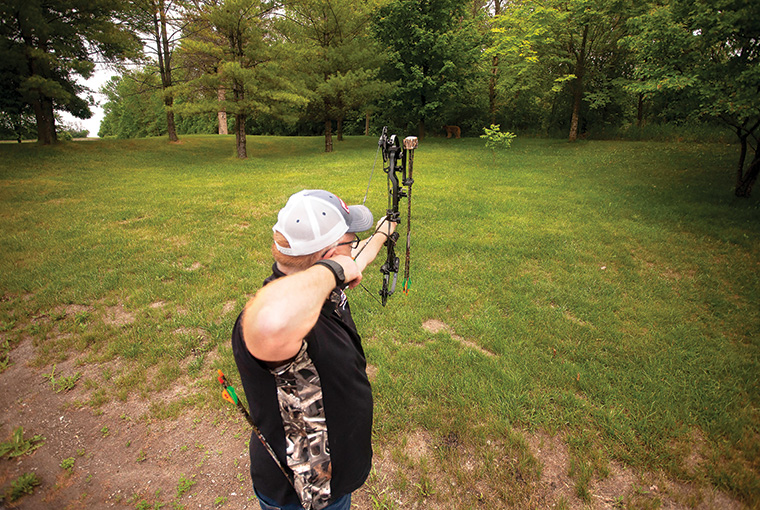
One cannot deny technology plays a huge part in all of our lives. There have been considerable advancements in the archery industry over the last decade. From the introduction of fast, quiet compounds to crossbows that can shoot more than 400 feet per second (fps), the difference between today’s bows and ones manufactured 10 years ago is staggering. So, will the increased performance of the new 2021 bows extend your effective hunting range? Maybe. Let’s have a look.
Factors affecting range
Here are some factors that will help you figure out your maximum hunting range.
First, your heart rate will be much different in a hunting situation then it would be while practising. I learned a trick some time back: do something to increase your heart rate before shooting to mimic a hunting situation. I am willing to bet that your group size will be bigger with an elevated heart rate. This will give you a better understanding of what your group size will be when hunting at each distance.
Second, you should practise during low-light conditions at dusk or dawn. Most successful bow hunts happen during the first hour or last hour of legal shooting time, but very few of us practise under those conditions. Practising in low light will absolutely help you when that shot arrives. If your sight has a built-in light, practise with it. Most illuminated sights are adjustable for brightness. You may find a difference in a glowing sight pin, and a dull sight pin. Don’t miss a harvest because you didn’t practise enough with your actual hunting set-up.
The third factor to consider is wind. About 85% of successful bowhunters in Ontario harvest their animals at 25 yards or less. At such short distances, wind would have to be 32 km/h or more to affect arrow flight. Remember, 25 yards is only 75 feet. If your hunting arrow is travelling 250 fps or faster, the arrow is hitting the intended target in less than half a second. The wind is more likely to affect you, and your ability to aim than the arrow flight itself. There will be a lot more wind hitting your body, arms, and the bow itself compared to the arrow in flight for half a second.
The wind becomes a bigger factor when you are shooting further distances. The longer the arrow is in the air, the more the wind affects it. We know the wind will affect a bullet travelling 3,000 fps, so it will affect an arrow even more. The arrow is travelling 10 times slower and has more surface area for the wind to affect. Again, the only way to know your abilities is to practise in these conditions. For most of us, our hunting time is very limited. I am personally limited to hunting on the weekend, so if it’s windy, I still go hunting. I just know from my practice sessions what my effective range is under those windy conditions.
Kinetic considerations for range
You must think about the kinetic energy of the arrow. Just because you can shoot five-inch groups at 60 yards in a stress-free practice session, doesn’t mean you should shoot that far when hunting. The further your arrow flies, the less kinetic energy it will have. Especially if there is any wind. Wind will affect the arrow’s flight and cause it to fly a bit crooked. If the broadhead does not hit the animal squarely, kinetic energy suffers dramatically.
Having both an entry hole and an exit hole will ensure the most amount of blood on the ground to follow. Finding the arrow after a passthrough will allow you to determine how long you need to wait before tracking. If the arrow stays in the animal, it will partially block the entry hole resulting in a very difficult tracking job. Not only will you not know where the animal was hit, it forces you to delay your tracking start time.
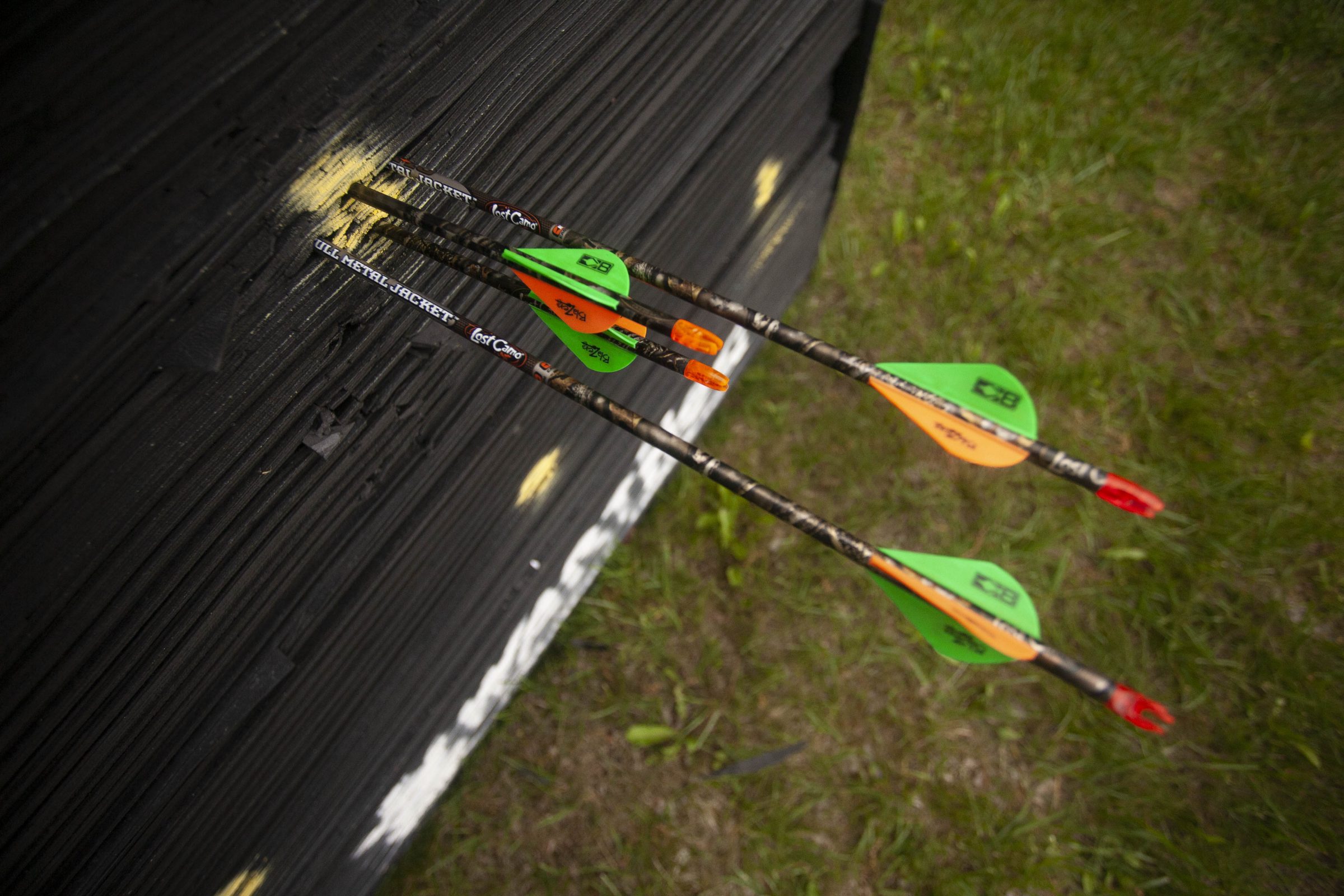
The loss of kinetic energy is illustrated in how far these arrows penetrated at 20 and 40 yards. Add some wind and the difference could be even more dramatic. An arrow should have enough energy to pass through for a clean kill and easy blood tracking.
Practice group size matters
We as hunters must take the necessary steps to ensure a clean, humane harvest. The animal deserves that. To give me the best chance of placing the arrow where it needs to go, my maximum effective hunting range becomes the distance where my groups are half the size of the animal’s vitals. This will allow for some human error, and a bit of movement from the animal and still place the arrow where it needs to go. On a whitetail deer, the vitals are between 10 and 12 inches in diameter. The distance I can consistently shoot five-inch groups with broadheads, becomes my maximum effective range on a deer. For moose, my group size could expand to about eight inches as the vitals on a moose are between 16 and 20 inches in diameter.
Practice makes perfect
Archery equipment is better than ever. If you become proficient, there is no reason why you cannot extend your current effective hunting range. Bows are faster and quieter than ever before. However, no amount of technology will make up for good practice sessions. Practice sessions during adverse conditions, including high winds and low light, will give you the knowledge to determine your effective hunting range.

Reach Tim at [email protected]
Originally published in the 2021-2022 Hunting Annual issue of Ontario OUT of DOORS Magazine.


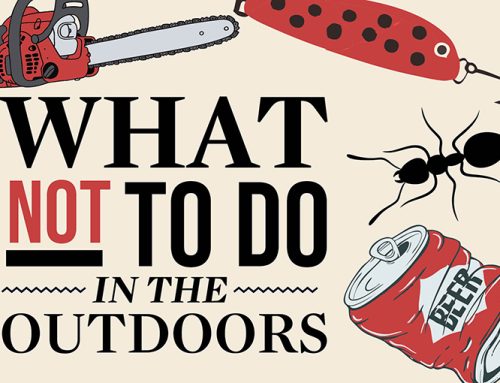
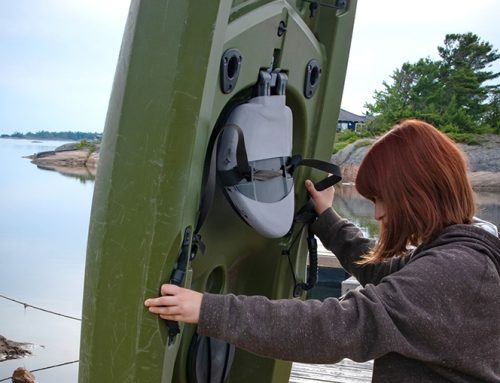

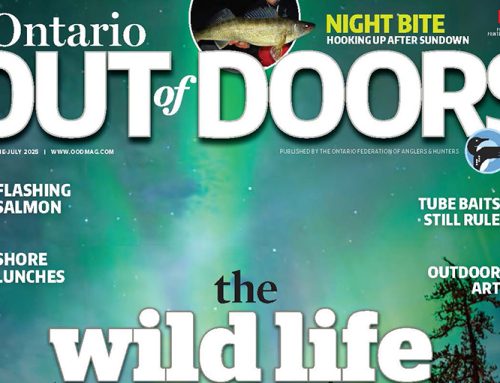
Leave A Comment